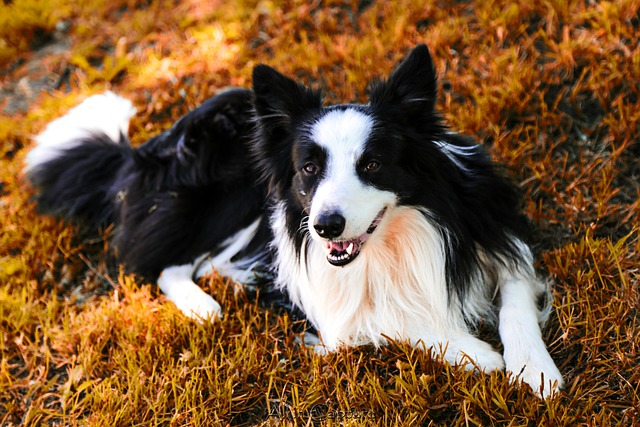
What is glaucoma in a dog?
You might notice your dog squinting more at mealtime or avoiding bright sunlight—these small changes could be early signs of a serious eye condition.
Imagine you’re in your Austin apartment kitchen, stirring a pot of chicken and rice for your 8-month-old Corgi pup—you’ve seen “homemade dog food” videos online and want to skip store-bought kibble, but a nagging worry hits: “Am I missing something? Will this make her sick?” If this anxiety feels familiar, you’re one of millions of new U.S. dog owners who’ve tried homemade meals but feared nutrient gaps—especially when you’re juggling small kitchen space, park walks, and learning the ropes of pet parenthood.
The science here is straightforward: Dogs need the same key nutrients as us, but in different ratios—and homemade food easily goes off-balance if you skip even one. Their bodies require high-quality protein (for muscles, think chicken, salmon, or turkey), complex carbs (for energy, like brown rice or sweet potatoes), healthy fats (for shiny skin, such as a drizzle of flaxseed oil), and vitamins/minerals (from veggies like carrots or green beans). The mistake most new owners make? Loading up on one ingredient—my friend in Chicago only fed her Lab ground beef and potatoes, and after a month, he had diarrhea from too much fat and no fiber. Dogs can’t tell you when they’re missing nutrients, so you have to build balance into every batch.

Here’s how to do it right, step by step. First, talk to a vet or animal nutritionist—this is non-negotiable. U.S. experts (like those following AAFCO guidelines, the gold standard for dog food) will tailor a recipe to your pup’s age, size, and health (e.g., a puppy needs more calcium than a senior dog). Next, stick to a simple ratio: Aim for 50% protein (cooked, never raw—raw meat risks bacteria), 30% carbs (cooked to ease digestion), and 20% veggies/fats (chop veggies small so your dog can digest them). Avoid toxic foods at all costs: Onions, grapes, and chocolate are deadly, even in small bites—keep them out of your cooking area, especially if your pup is a counter-surfer. For apartment living, batch-cook and freeze portions in silicone trays—this saves space and keeps food fresh (no smelly leftovers in your tiny fridge!). Finally, watch your dog’s cues: Firm, regular poop and steady energy mean the diet works; soft stool or lethargy means it’s time to tweak with your vet.
Don’t forget U.S. rules and community norms that tie into homemade meals. First, keep your dog’s rabies vaccine up to date—balanced nutrition boosts their immune system, and every state mandates current shots (some dog parks in Denver even check tags before letting pups in). Always carry waste bags on walks: A balanced diet makes poop easier to clean up, and leaving it behind isn’t just rude—it’s illegal (I saw a dad get a $40 ticket in Seattle for this last week!). In apartments, store frozen homemade food in airtight containers—no one wants your neighbor complaining about “dog food smells” drifting through vents. Most importantly, never punish your pup if they turn up their nose at a batch: Yelling or tapping their bowl goes against U.S. animal welfare standards (the ASPCA calls this “harmful to trust”). Instead, use positive reinforcement—praise them when they take a bite, and mix in a tiny bit of their favorite treat (like freeze-dried chicken) to encourage them.
Homemade dog food doesn’t have to be scary. With a vet’s help and simple ratios, you’ll feel confident serving meals that keep your pup healthy—whether they’re eating in your apartment or begging for a bite after a park walk.

You might notice your dog squinting more at mealtime or avoiding bright sunlight—these small changes could be early signs of a serious eye condition.

Let’s set the scene: It’s a sweltering Phoenix afternoon—105°F outside—and you rushed your 2-year-old Lab mix, Cooper, on a quick walk to “get it over with.”

Let’s get real: You’re in your Miami apartment, watching your 3-year-old Corgi, Loki, struggle to climb the stairs to your second-floor unit.

Many dog owners brush off occasional scratching as just “dog behavior,” but persistent itching often signals something more—like a food allergy.

You might first notice your dog scratching more than usual—chewing at their paws until the fur looks thin, or rubbing their face against the couch nonstop.

Let’s be real: You’re standing in your Chicago apartment, watching your 3-year-old Beagle, Max, huff and puff just to climb onto the couch.